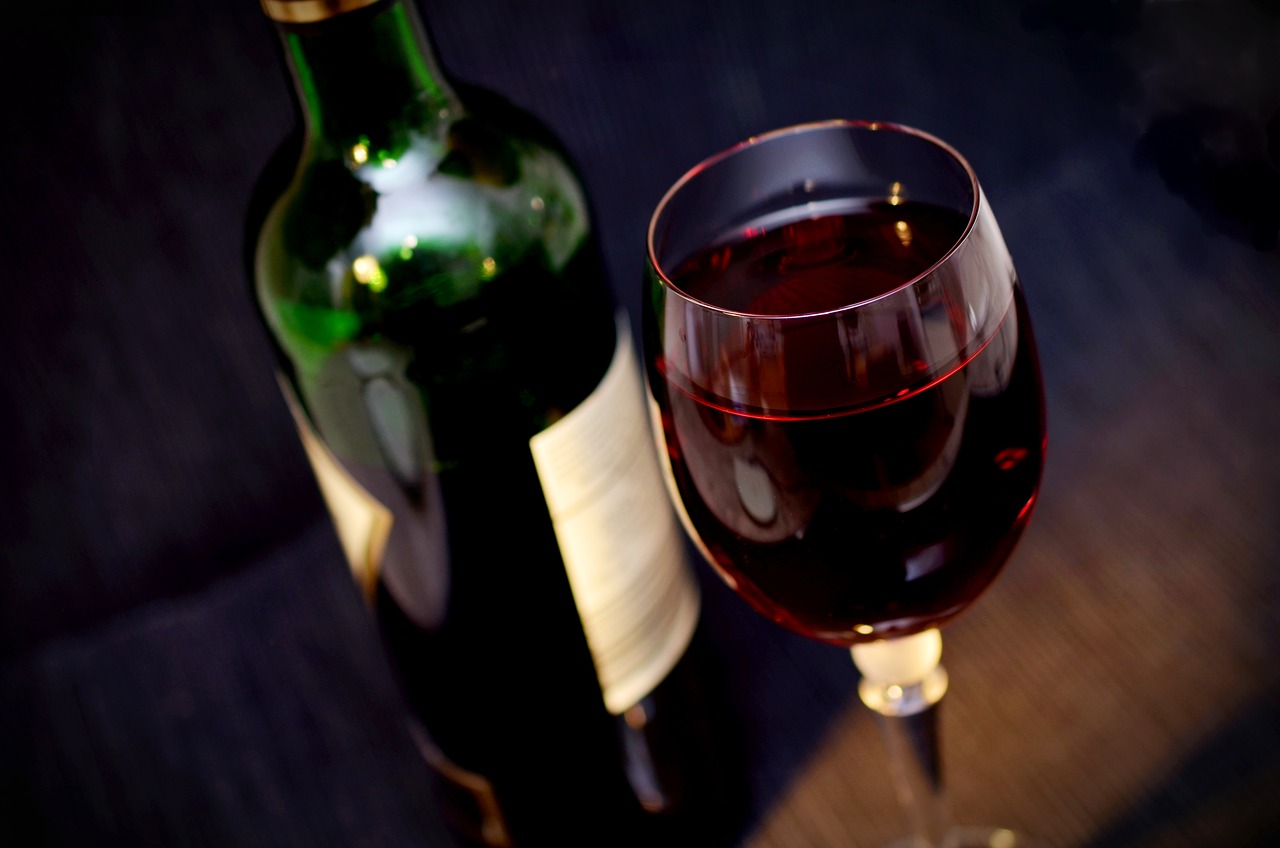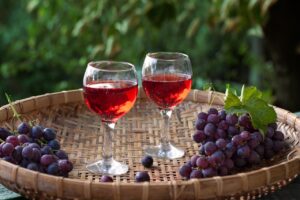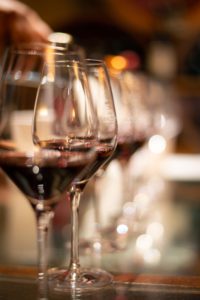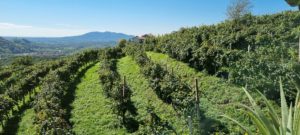The Rhône Valley in southeastern France is one of the most iconic and diverse wine regions in the world. Known for its bold reds, elegant whites, and expressive rosés, the Rhône is home to both traditional craftsmanship and modern innovation. For wine lovers and WSET Level 3 students, the Rhône offers a perfect landscape to explore terroir-driven wines and grape variety diversity.
In this blog, we’ll dive deep into the northern and southern Rhône, discover the key grape varieties, and explore the wine styles that make this region a cornerstone of the French wine world.
Where Is the Rhône Valley?
The Rhône Valley stretches for nearly 200 kilometers along the Rhône River, from Lyon in the north to Avignon in the south. It is divided into two major wine-producing areas:
Northern Rhône (Rhône Septentrional)
Southern Rhône (Rhône Méridional)
These two sub-regions are quite different in climate, topography, grape varieties, and wine styles.
Northern Rhône: Elegance and Precision
The Northern Rhône is much smaller than the south but is revered for producing some of France’s most elegant and age-worthy wines. The climate here is continental, with cold winters and hot summers. Vineyards are often planted on steep granite slopes along the river, which offer excellent drainage and sun exposure.
Key Red Grape: Syrah
The only red grape permitted in Northern Rhône AOCs.
Produces medium to full-bodied wines with notes of blackberry, pepper, violet, and smoked meat.
High in tannins and acidity, with great aging potential.
Key White Grapes: Viognier, Marsanne, Roussanne
Viognier: Aromatic, full-bodied, often used solo in Condrieu and Château-Grillet.
Marsanne & Roussanne: Often blended to create structured, age-worthy whites in appellations like Hermitage Blanc and St-Joseph Blanc.
Famous Appellations in the Northern Rhône
Côte-Rôtie
Meaning “roasted slope”, known for powerful Syrah sometimes co-fermented with a small percentage of Viognier.
Wines are complex, perfumed, and collectible.
Hermitage
One of France’s most prestigious wine hills.
Syrah here produces deep, structured wines with long aging potential.
Also known for outstanding white wines from Marsanne and Roussanne.
Crozes-Hermitage
Larger and more approachable wines than Hermitage.
Great value for high-quality Syrah.
Cornas
100% Syrah. Bold, rustic, and dense. Needs aging but rewards patience.
St-Joseph
Lighter in body and more affordable than neighboring appellations.
Offers both red and white wines.
Southern Rhône: Diversity and Warmth
The Southern Rhône has a Mediterranean climate, with hot, dry summers and mild winters. The landscape is flatter and more expansive, allowing for mechanized farming and larger yields. The wines here are warmer, fruitier, and more diverse in blends.
Key Red Grapes
Grenache Noir
The backbone of most Southern Rhône blends.
Brings red fruit, warmth, and spice to the wine.
Low in tannin and acidity, high in alcohol.
Syrah
Adds color, structure, and peppery spice.
Often used to balance the softness of Grenache.
Mourvèdre
Deep color and high tannin.
Adds structure, depth, and earthy complexity.
Often appears in GSM (Grenache-Syrah-Mourvèdre) blends.
Other red varieties include Cinsault, Carignan, Counoise, and others—over 13 grapes are allowed in many Southern Rhône AOCs.
Key White Grapes
Grenache Blanc, Clairette, Roussanne, Bourboulenc, Viognier
These varieties are typically blended to produce aromatic and full-bodied whites with notes of stone fruit, citrus, and herbs.
Famous Appellations in the Southern Rhône
Famous Appellations in the Southern Rhône
Châteauneuf-du-Pape
The most famous appellation of the Southern Rhône.
Known for powerful, complex red blends, often featuring Grenache-dominant GSM mixes.
Up to 18 grape varieties are permitted (red and white).
Also produces high-quality white wines.
Gigondas
Often considered a “mini Châteauneuf.”
Robust and age-worthy reds, often Grenache-based.
Slightly more rustic and structured.
Vacqueyras
Similar in style to Gigondas, but often softer and more approachable.
Offers excellent value.
Tavel
Renowned for its dry rosé wines.
Grenache-based with bold color and body, suitable for food pairing.
Lirac
Produces red, white, and rosé wines.
Often overlooked but delivers great quality for the price.
Côtes du Rhône & Côtes du Rhône Villages
Regional appellations that cover much of the Southern Rhône.
Côtes du Rhône offers easy-drinking reds with juicy fruit.
Villages wines come from select communes and offer more complexity and character.
Wine Styles from the Rhône Valley
Red Wines
The most common style, especially in the Southern Rhône.
Grenache-Syrah-Mourvèdre blends offer spice, fruit, and structure.
Northern Rhône Syrah produces elegant, spicy, and age-worthy reds.
White Wines
Made from Viognier, Marsanne, Roussanne, Grenache Blanc, and others.
Range from aromatic and fresh to rich and full-bodied.
Best examples come from Condrieu, Hermitage Blanc, and Châteauneuf-du-Pape Blanc.
Rosé Wines
Mainly from the Southern Rhône.
Tavel is a standout, producing serious, full-bodied rosés.
Côtes du Rhône rosés are light, fruity, and refreshing.
Why Rhône Wines Matter for WSET Level 3 Students
Studying Rhône wines is essential for WSET Level 3 because the region highlights:
Terroir differences between north and south.
The importance of grape blending in wine production.
How climate influences structure and style.
The impact of appellation laws on quality and labeling.
Students should focus on tasting wines from Côte-Rôtie, Hermitage, Crozes-Hermitage, Châteauneuf-du-Pape, Gigondas, and Côtes du Rhône to understand stylistic variations.
The Rhône Valley offers an extraordinary variety of wines, from the powerful reds of Châteauneuf-du-Pape to the refined elegance of Côte-Rôtie Syrah. With its blend of tradition, terroir, and technical skill, the Rhône continues to be one of the most rewarding regions for wine lovers and students alike.
Whether you’re preparing for a WSET exam or simply looking to deepen your appreciation, the Rhône is a region that delivers quality, diversity, and history in every glass.






